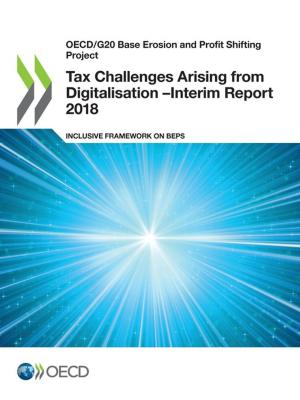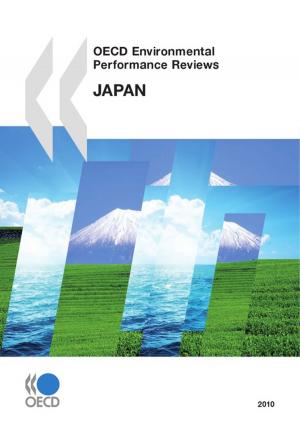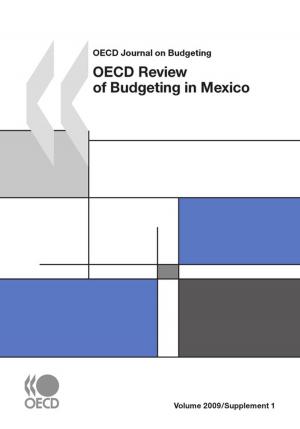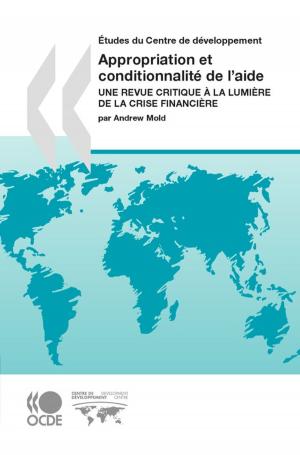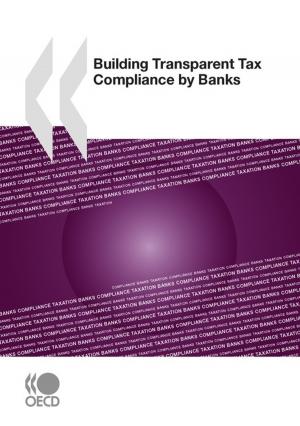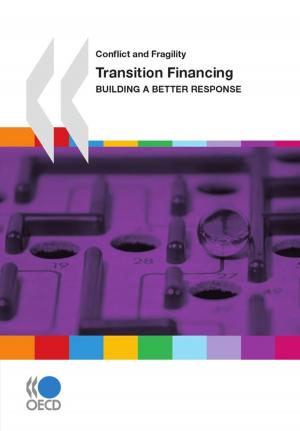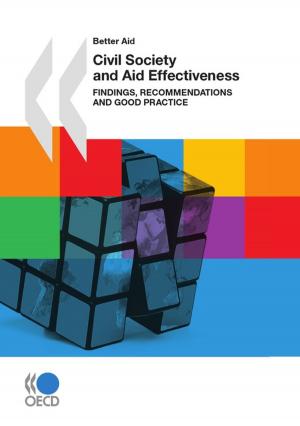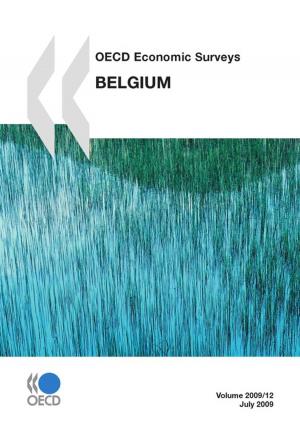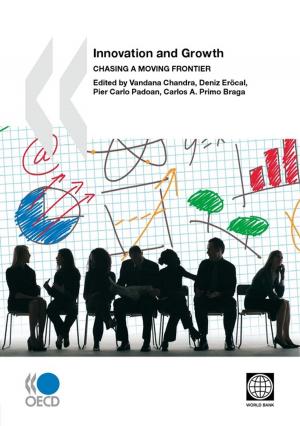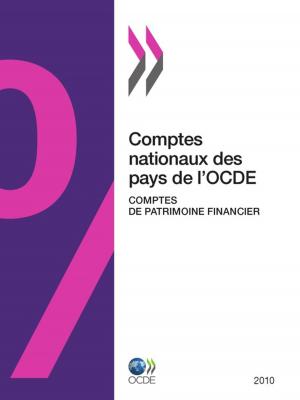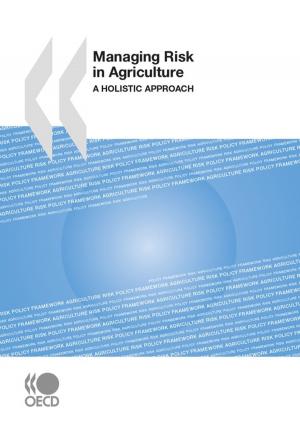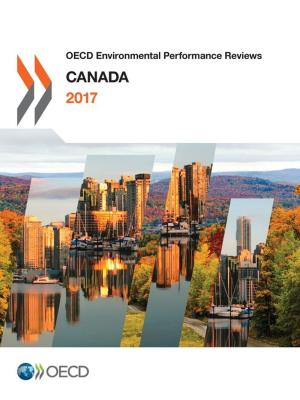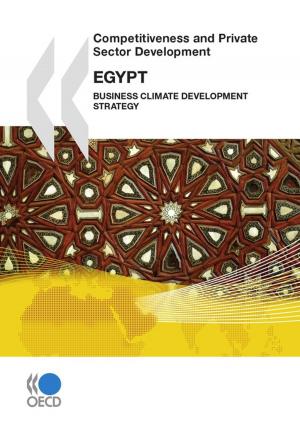Interrelations between Public Policies, Migration and Development in Armenia
Business & Finance, Economics, Economic Development| Author: | Collectif | ISBN: | 9789264273610 |
| Publisher: | OECD | Publication: | May 22, 2017 |
| Imprint: | OECD | Language: | English |
| Author: | Collectif |
| ISBN: | 9789264273610 |
| Publisher: | OECD |
| Publication: | May 22, 2017 |
| Imprint: | OECD |
| Language: | English |
Interrelations between Public Policies, Migration and Development in Armenia is the result of a project carried out by the Caucasus Research Resource Center (CRRC-Armenia) and the OECD Development Centre, in collaboration with the State Migration Service (SMS) and with support from the European Union. The project aimed to provide policy makers with evidence on the way migration influences specific sectors – the labour market, agriculture, education and investment and financial services – and, in turn, how sectoral policies affect migration. The report addresses three dimensions of the migration cycle that have become an important part of the country's social and economic contexts: emigration, remittances and return. The results of the empirical work confirm that even though migration contributes to the development of Armenia, the potential of migration is not fully exploited. One explanation is that many policy makers in Armenia do not sufficiently take migration into account in their respective policy areas. Armenia therefore needs to adopt a more coherent policy agenda to do more to integrate migration into development strategies, improve co-ordination mechanisms and strengthen international co-operation. This would enhance the contribution of migration to development in the country.
Interrelations between Public Policies, Migration and Development in Armenia is the result of a project carried out by the Caucasus Research Resource Center (CRRC-Armenia) and the OECD Development Centre, in collaboration with the State Migration Service (SMS) and with support from the European Union. The project aimed to provide policy makers with evidence on the way migration influences specific sectors – the labour market, agriculture, education and investment and financial services – and, in turn, how sectoral policies affect migration. The report addresses three dimensions of the migration cycle that have become an important part of the country's social and economic contexts: emigration, remittances and return. The results of the empirical work confirm that even though migration contributes to the development of Armenia, the potential of migration is not fully exploited. One explanation is that many policy makers in Armenia do not sufficiently take migration into account in their respective policy areas. Armenia therefore needs to adopt a more coherent policy agenda to do more to integrate migration into development strategies, improve co-ordination mechanisms and strengthen international co-operation. This would enhance the contribution of migration to development in the country.

